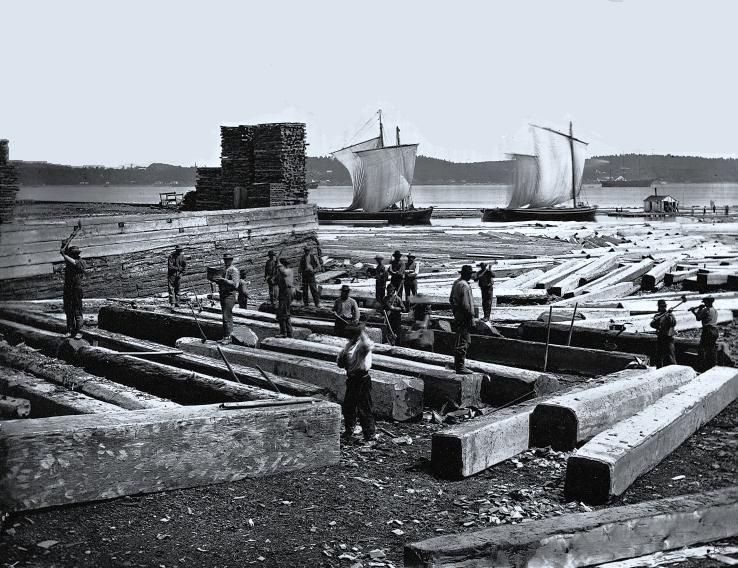Liverpool Trade 1853-4
Abby Vadeboncoeur and I have been working on digitizing a handwritten ledger I found at the Archives Centre at the Liverpool Maritime Museum. It was a part of a collection of material used to lobby Parliament for a bill to expand the docks in the mid-1850s. It recorded every port Liverpool traded within 1853-54 along with the number of ships, men and tons for both inward and outward trade. The handwriting is difficult to read at times and some of the port names were very obscure or generic, but Abby managed to locate 459 out of 507 ports which combined represented 99.5% of inward and outward tons. The map above shows the importance of trade with North America. New York, New Orleans, Quebec, Boston, Saint John, Philadelphia, Mobile, Melbourne, Bombay, and Calcutta round out the top ten. If we had the value of the trade the Indian ports would probably rise much higher in the rankings, but for environmental historians interested in the transfer of biomass around the world in the nineteenth century, it is clear that Liverpool was most reliant on North America for cotton, timber and food.
